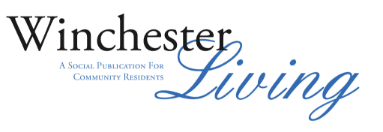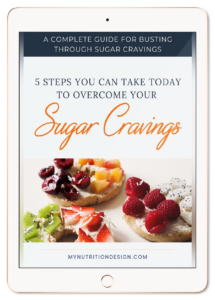Natural Ways to Lower Blood Pressure
Are you looking for natural ways to lower your blood pressure? High blood pressure, or hypertension, can lead to serious health complications such as stroke, heart attack, and kidney failure.
It’s called the “silent killer” for a good reason. High blood pressure often has no symptoms or warning signs but is a major risk of heart disease and stroke. According to the CDC (Centers for Disease Control and Prevention), almost half of the adults in the US have hypertension and most don’t have it under control. In 2019, this resulted in over half a million deaths.
High blood pressure can be very dangerous because it increases your risk for a heart attack, stroke, kidney disease, and blindness. This is why regular blood pressure screening and incorporating a healthy diet and lifestyle changes are so important.
According to the CDC (Centers for Disease Control and Prevention), almost half of the adults in the US have hypertension and most don’t have it under control. In 2019, this resulted in over half a million deaths.
The foods you eat affect so many aspects of your health and it’s never too late to start enjoying a more “heart-healthy” diet. In fact, there is one diet that’s been specially designed to help with high blood pressure. It’s called the DASH diet: Dietary Approaches to Stop Hypertension, and research says it works. In addition to this diet, there are particular nutrients and lifestyle changes that if used, might prevent, delay or reduce the need for blood pressure medication.
While lowering your blood pressure naturally is possible, there is no substitute for regular checkups and following a doctor’s advice. If your doctor has prescribed medication to lower your blood pressure, it’s important to take the medication as directed. After making lifestyle changes and dietary changes to lower blood pressure naturally, consult with your physician to find out if you need to adjust your medication or dosage.
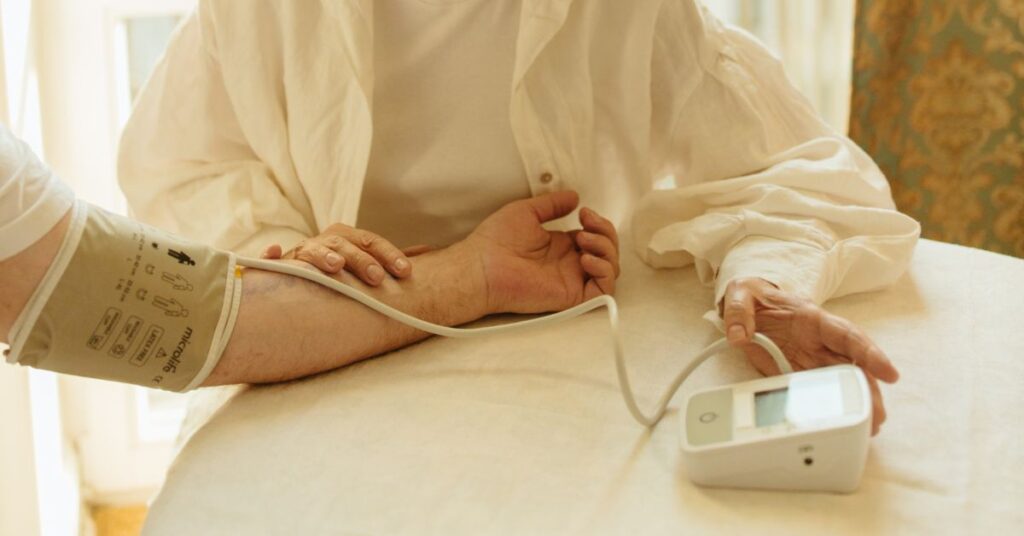
What is blood pressure?
Blood pressure is how much pressure your heart needs to use to keep blood flowing through your vessels. You can think of it as water flowing through a flexible tube versus flowing through a stiff, hard, narrow pipe. Imagine the amount of pressure you would need to push the water through the hose versus the pipe. That’s how blood pressure works. The more force that’s needed, the more pressure it puts on your vessels, and the more damage it can do to the pump and the vessels. This is especially true when high blood pressure persists over many years.
A normal blood pressure reading is 120/80 mm Hg. The first number (in this case, 120 mm Hg) is the systolic blood pressure in your vessels as your heart beats. The second number (in this case, 80 mm Hg) is the diastolic blood pressure in your vessels between beats. If your blood pressure is slightly higher than these numbers, that’s considered “elevated.” However, if your blood pressure gets above 130/80 mm Hg, you may be diagnosed with hypertension.
Blood pressure levels elevate over the course of many years, not overnight. This can be the result of diabetes or obesity, or not getting enough physical activity. Pregnancy can also cause elevated blood pressure as the heart is working harder to pump oxygen and nutrients to your baby.
The good news is that there are ways you can manage high blood pressure and lower your risk for heart disease (angina, heart attack, heart failure), stroke, kidney disease, and vision loss.
Healthy diet for healthy blood pressure
Your blood pressure is impacted by your nutrition. There are many foods and diet habits that are natural ways to lower blood pressure and can lower your risk for high blood pressure. There are several nutrients that can increase or decrease your blood pressure, depending on how much you consume. The nutrients associated with lowering blood pressure include minerals like potassium, magnesium, and calcium, along with fiber and protein.
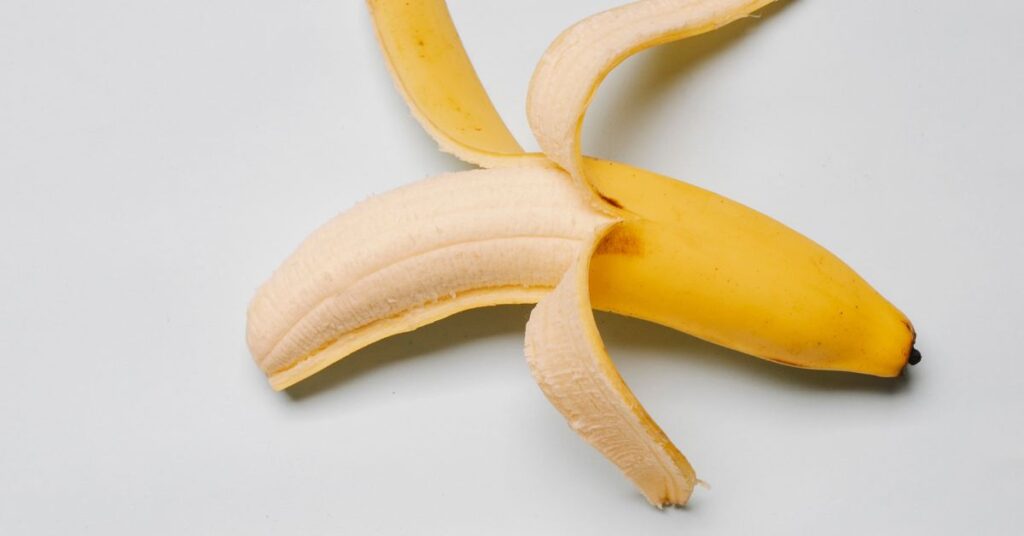
1. Eat more Potassium and Less Salt for Healthy Blood Pressure
The most infamous nutrient linked to developing high blood pressure is sodium.
According to the American Heart Association, in most cases, the more sodium you consume, the higher your blood pressure. If you suffer from high blood pressure you may want to limit your salt intake to 1,500 mg per day. A person without high blood pressure should stick to a sodium intake of less than 2,000 mg daily.
One of the biggest sources of sodium in the diet is not from your kitchen salt shaker, but the sodium hidden in processed and packaged foods.
Examples are deli meats, canned soup, pizza, chips, and other processed snacks. Foods labeled “low fat” are usually higher in salt and sugar to compensate for the loss of fat. Cutting back on processed foods will help you eat less salt, less sugar, and fewer refined carbohydrates, which can all result in lower blood pressure and help with weight management as well.
Remember to look at nutrition food labels. According to the Food and Drug Administration (FDA), a sodium listing of 5 percent or less is considered low, while 20 percent or more is considered high. Try cooking more so that you can control the amount of salt in your food. Omit the salt and use herbs and spices instead to enhance the flavor of your dish.
Another mineral in the diet that impacts our health and blood pressure is potassium. This mineral can lessen the effects of salt (sodium) on our blood pressure by easing the tension in our blood vessels. The best sources of potassium are found in foods like fruits and vegetables. Avoid taking potassium supplements if you can and instead add potassium-rich foods to your meals and snacks. Aim for 3,500 to 5,000 mg of potassium a day which can lower blood pressure by 4 to 5 mm Hg. Just make sure to talk to your doctor before increasing your potassium intake since too much potassium can be harmful to people with kidney disease.
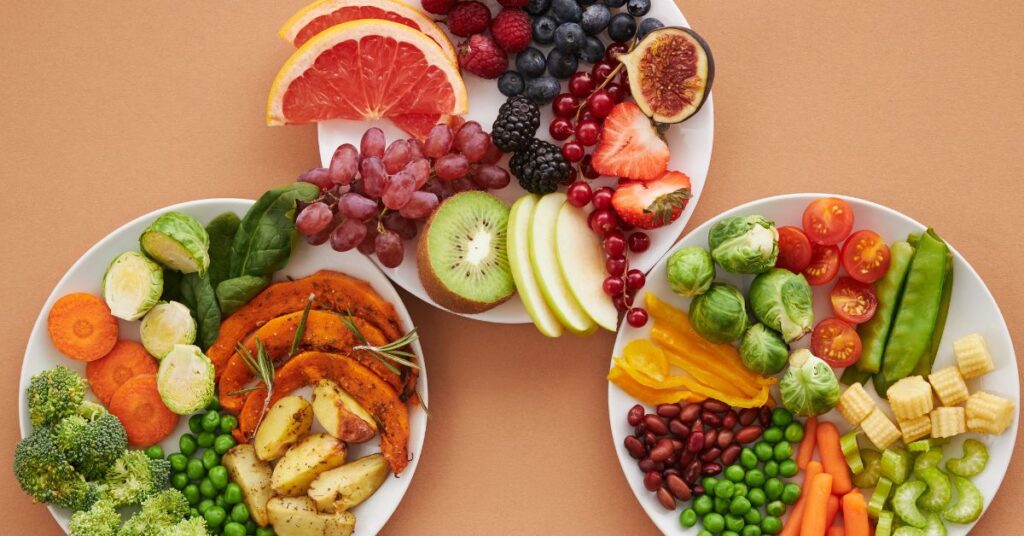
2. The DASH Diet Can Help
There is a dietary pattern and food recommendations that have been put together specifically for lowering blood pressure naturally. The DASH diet has been deemed one of the best overall diets by U.S. News and is ranked among the top diets in the categories of heart-healthy, healthy eating, diabetes, easy-to-follow, and overall diets. Harvard Health also rated the DASH diet and says, “research supports the use of the DASH diet as a healthy eating pattern that may help to lower blood pressure, and prevent or reduce the risk of cardiovascular diseases, diabetes, kidney disease, and gout.” Some studies show that the blood pressure-lowering effect of the DASH diet can be similar to that of people taking medication for stage 1 hypertension.
The DASH diet includes foods higher in potassium, calcium, and magnesium and recommends lower amounts of sodium in the diet. Increasing magnesium, calcium, and potassium in your diet can lower blood pressure by promoting sodium and fluid release from the body. Foods rich in these minerals can lower blood pressure by helping arteries dilate and become more flexible and also relax blood vessels.
“Research supports the use of the DASH diet as a healthy eating pattern that may help to lower blood pressure, and prevent or reduce the risk of cardiovascular diseases, diabetes, kidney disease, and gout.”
The DASH diet is full of heart-healthy foods with blood-pressure-lowering nutrients. The recommendations for a 2,000 calorie per day intake include:
- whole grains (6-8 servings/day)
- fruits (4-5 servings/day)
- vegetables (4-5 servings/day)
- low-fat dairy (2-3 servings/day)
- meat, poultry, or fish (no more than two 3 oz servings/day)
- fats and oils (2-3 servings/day)
- nuts, seeds, or beans (4-5 servings/week)
- sweets and sugar-sweetened beverages (no more than 5 servings/week)
The DASH diet recommends limiting nutrients and foods such as sodium, trans and saturated fat, red meat, and sweets (including sugar-sweetened beverages).
One thing to keep in mind when transitioning to a diet rich in fiber with more whole grains, fruits, and vegetables is to do this slowly in order to reduce your risk of experiencing gas and bloating. This can easily be accomplished by increasing these plant-based foods by one or two per week until you’re eating the recommended amounts.
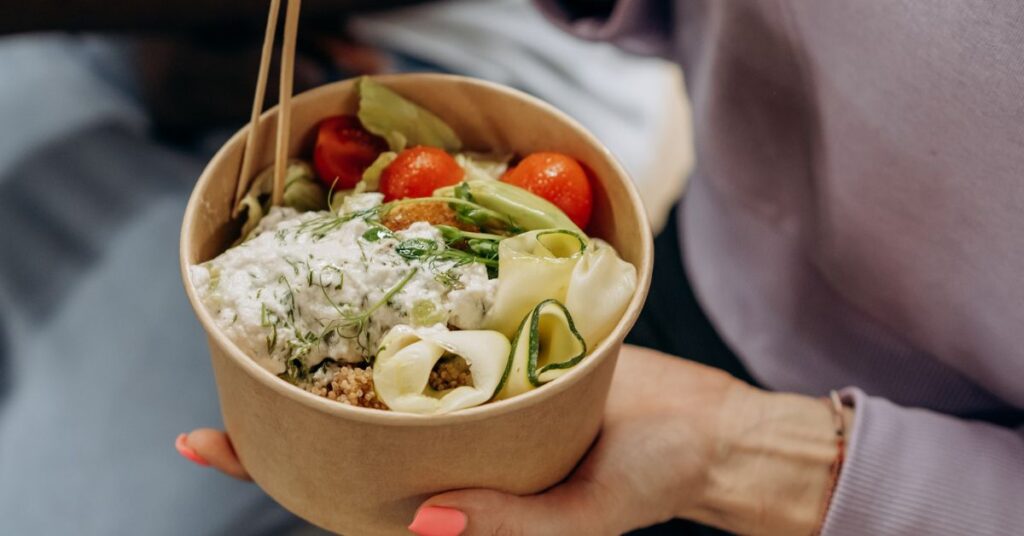
Here’s a delicious, heart-healthy recipe compliments of eatingwell.com to get you started:
Chickpea & Quinoa Grain Bowl
Ingredients
- 1 cup cooked quinoa
- ⅓ cup canned chickpeas, rinsed and drained
- ½ cup cucumber slices
- ½ cup cherry tomatoes, halved
- ¼ avocado, diced
- 3 tablespoons hummus
- 1 tablespoon finely chopped roasted red pepper
- 1 tablespoon lemon juice
- 1 tablespoon water, plus more if desired
- 1 teaspoon chopped fresh parsley (Optional)
- Pinch of salt
- Pinch of ground pepper
Directions
Step 1. Arrange quinoa, chickpeas, cucumbers, tomatoes and avocado in a wide bowl.
Step 2. Stir hummus, roasted red pepper, lemon juice and water in a bowl. Add more water to reach desired consistency for dressing. Add parsley, salt and pepper and stir to combine. Serve with the Buddha bowl.
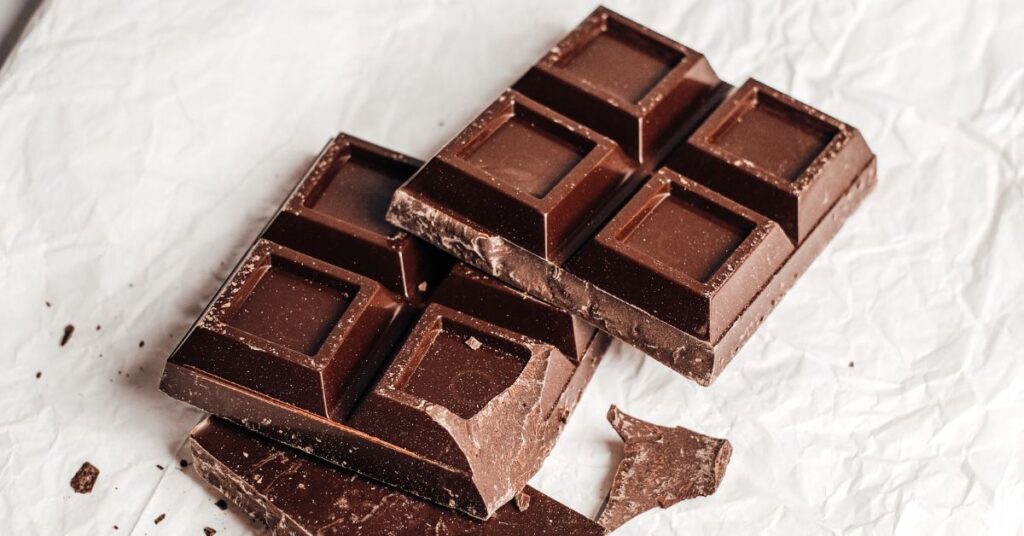
3. Dark Chocolate for Lowering Blood Pressure
Dark chocolate containing 60 to 70 percent cacao, has been shown to lower blood pressure because of the flavonoids it contains. The flavonoids help dilate, or widen, your blood vessels. A review of studies on dark chocolate has found that eating one to two squares per day may help lower the risk of heart disease by lowering blood pressure and inflammation.
Healthy lifestyle for healthy blood pressure
There are also several healthy lifestyle habits that are natural ways to lower blood pressure and can lower your risk for high blood pressure.
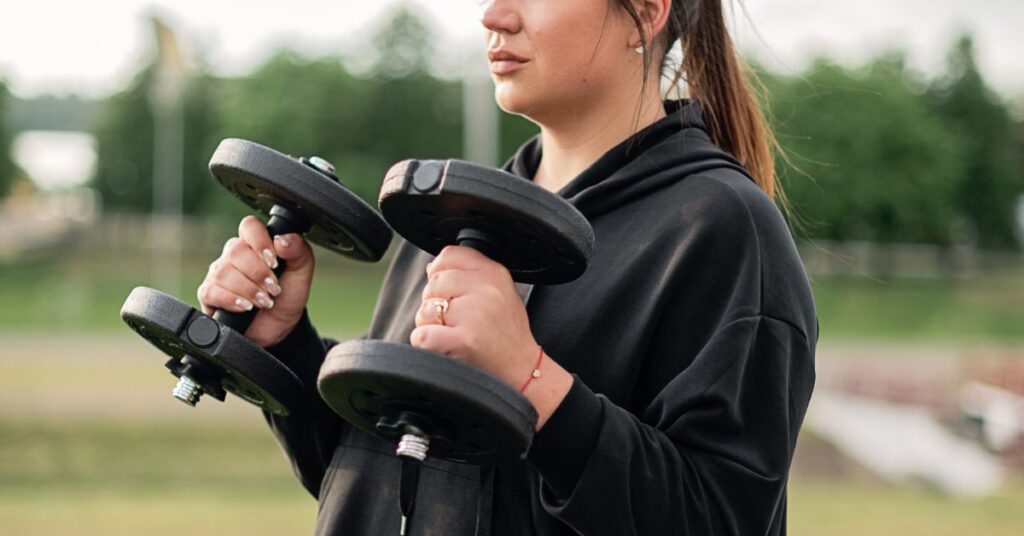
1. Managing Your Weight
Blood pressure often creeps upward as weight increases. As weight goes up, the activity in the central nervous system is disrupted causing an increase in insulin and leptin levels (a hormone that helps control your weight) which adversely affects blood pressure.
Being overweight can also disrupt breathing while you sleep (sleep apnea), which can further raise blood pressure. Excessive weight is also associated with inflammation and poor functioning of the arteries. In addition, the size of your waistline is important. Carrying too much weight around your waist can have a negative impact as well.
- Men are at risk if their waist measurement is greater than 40 inches
- Women are at risk if their waist measurement is greater than 35 inches
These numbers can vary among ethnic groups so ask your healthcare provider about a healthy waist measurement for you.
Even a modest amount of weight loss can help reduce blood pressure. When you lose weight, expect to lower your blood pressure by about 1 point for every 2.2 lbs of weight loss. Maintaining a healthy weight goes a long way toward lowering your risk for other medical problems too.

2. Exercise
Another lifestyle habit for healthy blood pressure (and your overall health) is to get regular exercise. Even 30 minutes of moderate aerobic activity a few times a week can lower blood pressure naturally by 5 to 8 mm Hg.
Exercise can also help keep elevated blood pressure from turning into high blood pressure or hypertension. For those with hypertension, regular exercise can keep blood pressure down to more normal levels, putting you at a lower risk for heart disease and stroke.
A mix of aerobic and strength training exercises is recommended. A 2019 report by the American College of Cardiology and the American Heart Association advised moderate to vigorous-intensity physical activity for 40-minute sessions, 3-4 times a week. If you find it difficult to find 40 minutes to exercise, try dividing your activity into three or four 10-15 minute segments throughout the day. You will still see a benefit with regular movement!
Some examples of aerobic activity include jogging, cycling, dancing, or swimming. Another possibility is high-intensity interval training. This type of activity involves short bursts of intense activity with periods of lighter activity. Also, remember to include strength training exercises at least 2 times a week (exercises can include light weights or resistance bands).
You might even want to try tai chi. A 2017 review on exercise and blood pressure showed that people who did tai chi regularly had an overall drop of 15.6 mm Hg in systolic blood pressure and a 10.7 mmHg drop in diastolic blood pressure compared to folks that did no exercise at all.
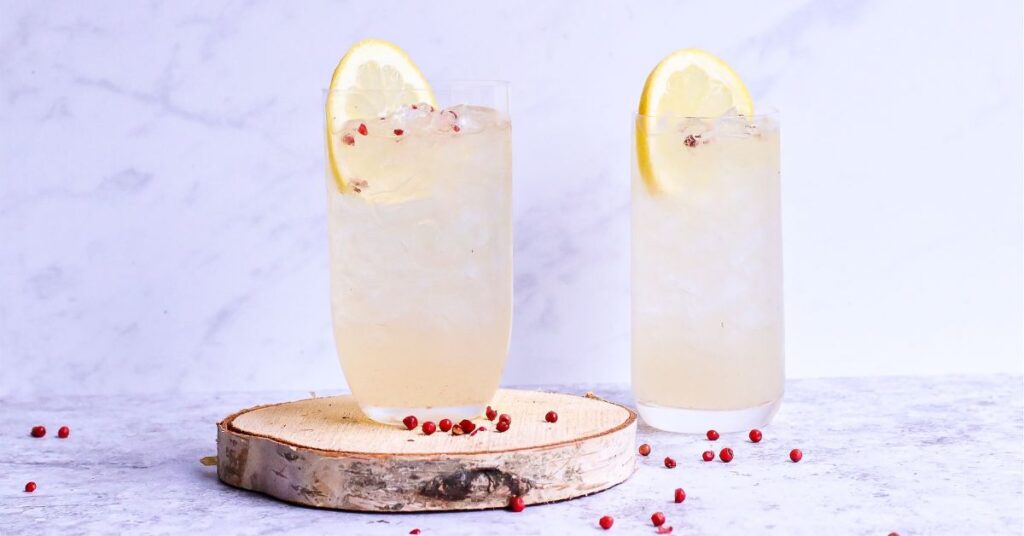
3. Alcohol and Smoking on Blood Pressure
It is important to recognize that other lifestyle habits like avoiding tobacco and minimizing alcohol consumption have a huge impact on our heart health and blood pressure. Smoking and drinking alcohol excessively can raise blood pressure by many points. The chemicals in tobacco can do so by damaging the blood vessel walls, causing inflammation, and narrowing the arteries. The hardened arteries cause higher blood pressure.
Excessive drinking can also have an impact on heart health and can reduce the effectiveness of blood pressure medications. Limiting alcohol consumed to less than one drink a day for women and two drinks a day for men can actually help lower blood pressure by about 4 mm Hg. One drink equals 12 ounces of beer, 5 ounces of wine or 1.5 ounces of 80-proof liquor.

4. The Effects of Good Sleep and Less Stress
Sleep and chronic stress are two other important factors that can significantly impact our blood pressure. Poor sleep quality for several weeks can contribute to hypertension. This means waking up frequently throughout the night and/or getting less than 6 hours of sleep. A healthy sleep routine is additionally important for reinforcing the first lifestyle recommendation mentioned: Managing Your Weight. You can read more about sleep and healthy weight on my blog here.
Try these simple tips to get more restful sleep:
- Stick to a consistent sleep schedule: go to bed and wake up at the same time each day including on weekends.
- Create a restful space: Try keeping your sleep space cool, dark, and quiet. Avoid bright lights from screens like a TV or computer. Try to do something relaxing before bedtime like listening to music or taking a warm bath.
- Watch your food and drink: Don’t go to bed hungry or stuffed. Limit or avoid nicotine, caffeine, and alcohol close to bedtime.
- Limit naps: Limit naps to 30 minutes earlier in the day to help avoid having a sleepless night.
Long-term stress may also contribute to high blood pressure. Try the following stress reduction techniques to help lower your blood pressure:
- Avoid trying to do too much: Plan your day and focus on your priorities. Learn to say no. Allow yourself enough time to do what needs to get done.
- Make time to relax: Take time each day to do something enjoyable like a hobby, taking a walk, or volunteering. Try to sit quietly with yourself each day and try to breathe deeply or meditate.
- Practice gratitude: Expressing gratitude to others can help relieve stress and improve mental health.
- Avoid stress triggers: Avoid people or situations that cause stress and increase your blood pressure levels.
Final thoughts on natural ways to lower your blood pressure
Managing your blood pressure doesn’t have to be hard. If you have high blood pressure or simply want to start a healthier diet and make positive lifestyle changes to reduce your risk for a whole host of diseases, start small. Implement just one or two of the above natural ways to lower blood pressure.
Try reducing your salt intake and increasing your potassium by avoiding processed foods and focusing on whole fresh foods like whole grains, fruits, and vegetables. The DASH diet is rich in foods that are highly nutritious and can help you enjoy a longer life free of stroke, heart disease, kidney disease, blindness, diabetes, and gout.
Lifestyle changes are also a game-changer so focusing on reducing your stress, getting enough sleep, and exercising will not only help with heart health and blood pressure but will also help manage a healthy weight without restrictive diets.
Worried about high blood pressure? Interested in how to best implement dietary and lifestyle habits to reduce your risk of heart issues and other diseases? Want help creating a doable plan so that you can live your longest, healthiest life? Book an appointment with me today to see if my program can help you.
References
American Heart Association. (2016, October 31). Managing high blood pressure with a heart-healthy diet. https://www.heart.org/en/health-topics/high-blood-pressure/changes-you-can-make-to-manage-high-blood-pressure/managing-blood-pressure-with-a-heart-healthy-diet
Centers for Disease Control and Prevention. (2021, May 18). High Blood Pressure Symptoms and Causes. https://www.cdc.gov/bloodpressure/about.htm
Centers for Disease Control and Prevention. (2021, September 27). High blood pressure: Facts about hypertension. https://www.cdc.gov/bloodpressure/facts.htm
Harvard Public Health. (n.d.). Diet review: DASH. https://www.hsph.harvard.edu/nutritionsource/healthy-weight/diet-reviews/dash-diet/
Mandrola, J. M. and Neal, B. (2021). Will the Positive Findings From the SSaSS Trial on Salt Substitution Silence the Salt Skeptics? Medscape. https://www.medscape.com/viewarticle/957510#vp_1
National Heart, Lung, and Blood Institute. (n.d.). DASH Eating plan. https://www.nhlbi.nih.gov/health-topics/dash-eating-plan
Neal, B., Wu, Y., Feng, X., Zhang, R., Zhang, Y., Shi, J., Zhang, J., Tian, M., Huang, L., Li, Z., Yu, Y., Zhao, Y., Zhou, B., Sun, J., Liu, Y., Yin, X., Hao, Z., Yu, J., Li, K. C., Zhang, X., … Elliott, P. (2021). Effect of Salt Substitution on Cardiovascular Events and Death. The New England journal of medicine, 385(12), 1067–1077. https://doi.org/10.1056/NEJMoa2105675
https://www.nejm.org/doi/10.1056/NEJMoa2105675
U.S. News. (n.d.). Best diets 2021. https://health.usnews.com/best-diet
U.S. News. (n.d.). DASH diet. https://health.usnews.com/best-diet/dash-diet



